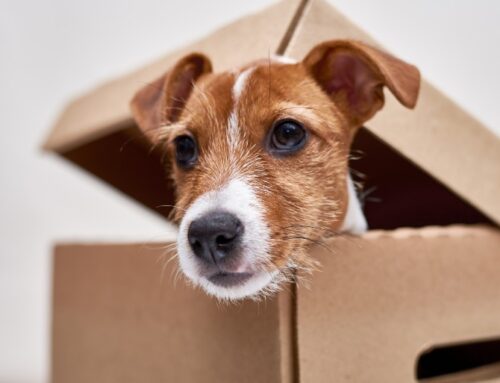How to prepare and move your washer and dryer
As professional movers, one of the questions we get asked most often is “Do you know how to disassemble, move, and reassemble our washer and dryer?”. This is one of the trickier parts of moving. If you have decided to hire a moving company, your movers should be equipped with all necessary tools to safely unhook, move, and install your washer and dryer. However, if you are performing a DIY move or want to help your movers save some time we will explain how to safely move your washer and dryer.
Unhooking your washer and dryer
The first step to preparing your washer and dryer to be moved is to turn off the water the washer is connected to. There will be two hoses connected from the back of your washer to the wall of your home. These hoses are responsible for providing hot and cold to your washer when needed. On the wall where the hoses are connected should be two levers, simply push the levers to the opposite side of where they are currently located – usually to the right. Your water should now be turned off and not supplying water to your washer. Your dryer will not require this step unless it has steam capabilities – in which you will have to disconnect it from the hot water via the same method.
The next step to moving your washer and dryer is disconnecting the water cables from both the washer and wall. We recommend letting the cables sit for a hour to allow any excess water to drain from them before disconnecting from the washer. This step will require a wrench to turn the water cables at their connection point. Simply take your wrench and turn at the connection point of the water cables at both the back of your washer and wall. Some water may leak out – this is normal, as long as it appears it is not a constant stream of water. If, after turning the water off, there is still a constant spray of water coming out upon slightly loosening the water cable on the wall – immediately re-tighten the cable and do not remove it – your water connection is damaged and will require a professional to turn off and disconnect. After removing your hot and cold water cable we recommend storing them in the washer during the rest of the moving process.
Next is to disconnect your dryer, which compared to the washer, is a very easy and straightforward process. The dryer will have a thin metal cylinder, acting as a vent, protruding from the back of your dryer and going into the wall of your home. All you need to do is loosen the metal grip that is attached to the very ends of the vent – both on the dryer and wall end. This sometimes requires a flathead screwdriver or simply just your hands, depending on what grip was utilized. We recommend clearing the vent of any lint or debris that has become stuck and storing it in the dryer itself.
Preparing your washer and dryer
Now that your washer and dryer are successfully disconnected it is time to prepare them to be loaded onto your moving truck or trailer. First, you will want to move both the washer and dryer out of the small laundry room and into the closest room or hallway – this will allow space to prepare them for loading/
Use tape to secure the drain pipe on the washer to the side of the washer. If you have a spring-loaded washer door make sure you tape the door down to prevent it from opening up during transit. Next you will want to grab several moving pads to wrap around your washer and dryer for protection. Since both your washer and dryer are somewhat a cube, this makes wrapping them in furniture pads rather easy and straightforward. Simply drape the pad over the top and front side of the washer. Fold over the sides so that they wrap around the washer sides. Then add tape to the end of the pad to hold it in place. At this point you should grab your furniture wrap to wrap around both the washer and pad to hold the pad in place and provide an extra level of protection for your washer. For your dryer just simply repeat this process.
Loading your washer and dryer
For moving the washer and dryer into the moving truck we recommend using either a floor-dolly, if no stairs are present, or a hand-dolly, if stairs are present. We recommend having at least two people for the physical moving of the washer and dryer. One person will need to tip either the washer or dryer on its side while balancing it. Then slide either the floor-dolly or bottom edge of the hand-dolly underneath the washer or dryer and place it back down. If using a floor-dolly all you need to do is slowly push, with one person on each side, to move as it is on wheels now. View our tips here if you are having to move your washer or dryer up or down any stairs. If loading onto a hand-dolly simply tip the dolly back and wheel the washer and dryer to your moving truck. Now all you need to do is load your washer and dryer onto your moving truck, secure them into place with either ratchet straps or rope, and your ready to hit the road.
Unloading your washer and dryer
Upon arrival to your new home immediately do an inspection of the washer and dryer to ensure nothing was damaged during transit. Also do an inspection of the route you will take when unloading your washer and dryer into your new laundry room. Make sure you inspect the laundry room, especially where the hoses connect to the wall, for any signs of damages or leaks.
Hooking up your washer and dryer
Now all you need to do is unhook your washer and dryer, move it to the laundry room utilizing either a floor or hand dolly, rip off the furniture pads and wrap, and hook up the water cables and vent in the same way you disconnected them. Make sure you tighten the water hose connectors sufficiently tight in order to avoid any leaks. We recommend running a test cycle, with no clothes, for both your washer and dryer to make sure all the machinery inside is still intact.




